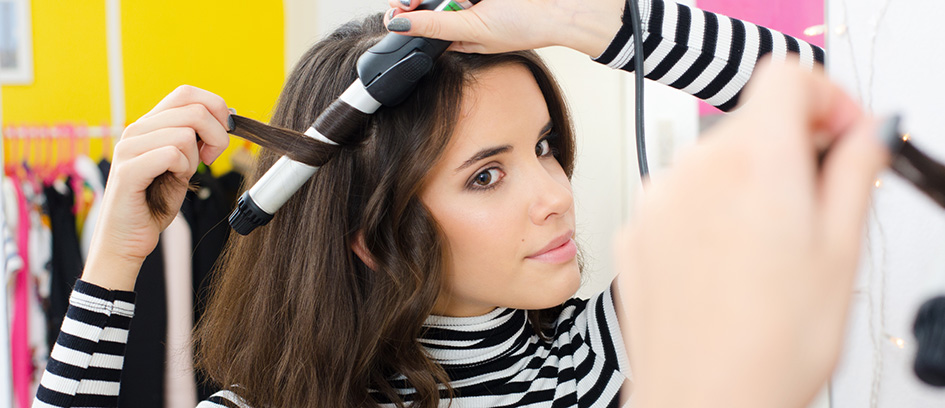Hairstyle Basics for Background Actors

Getting booked by Central Casting is just the first step in working as a Background Actor. For most bookings you are also responsible for putting your hair, makeup, and wardrobe together for the shoot. To help you be confident in creating your look, here are some hairstyle basics Background Actors should know.
What do Casting Directors look for in hairstyles?
Your hair is a big part of your look and the length, color, and style are all things Casting Directors look at when booking their shows. Even details that may seem small, like an exact length, can matter for certain roles, like in casting doubles and for period pieces.
To ensure Casting Directors have an accurate representation of your look, it's important to keep your online profile updated with a current photo. We recommend updating this photo any time your look changes so it always reflects how you look right now.
When you submit for work or respond to casting messages, please be honest about your current look and let the Casting Director know of any changes that may not be reflected in your online profile. Depending on the role, you may be asked to snap a quick selfie so Casting Directors can confirm that your current look fits the requirements.
Modern vs period hairstyles
Fashion, makeup, and hairstyles can instantly transport us to certain time periods. Then there are those trends, like pastel dyes, that feel very much of our time. Depending on your hair length, color, and style, you may be able to portray a variety of period and contemporary looks, but there may be times when Casting Directors ask for no modern hairstyles in their job posts or availability inquiries. This usually means they are booking a period show or are trying to match the established aesthetic of a production.
So what do we consider modern hairstyles? Highlighting, ombre, or balayage dyeing techniques with natural or unnatural colors and contemporary braids, weaves, and extensions can make your look too modern for period work. For certain time periods, lengths can also be a factor, like pixie cuts or bobs on women and long hair or fades on men. If your hairstyle would be considered trendy or edgy, it's probably too modern to work on a period show.
Like fashion, hairstyles are cyclical. So even though people in a certain time period had a version of your haircut, it may not work for what production wants. Every show has its own style; while you think your hair may have fit into the actual 1970s, it may not represent the overall '70s look a show is trying to achieve.
Read your details carefully
Your booking details will include any hair notes from production. In some cases, you will receive very detailed instructions and in others, may get more general directions. Please pay close attention to any hair notes you're given to create the desired look as best you can.
If you need inspiration on certain looks or tips for hairstyle basics, YouTube has great resources for men and women based on your hair length and texture. And don't forget to check out our decade hair guides for an overview on commonly booked time periods.
When you get to set, production may instruct you on how to finish your style; please come prepared with any items you need to keep your hair camera ready throughout your workday. For women, some period shows will ask you to come to set with your hair in rollers, then will either instruct or help you finish styling when you arrive. If you haven't used rollers before, now is a great time to familiarize yourself with how they work and how long the process takes.
To learn more about working as a Background Actor with Central Casting, read our articles How to Prepare Your Makeup for Set and Wardrobe Essentials Background Actors Should Know.